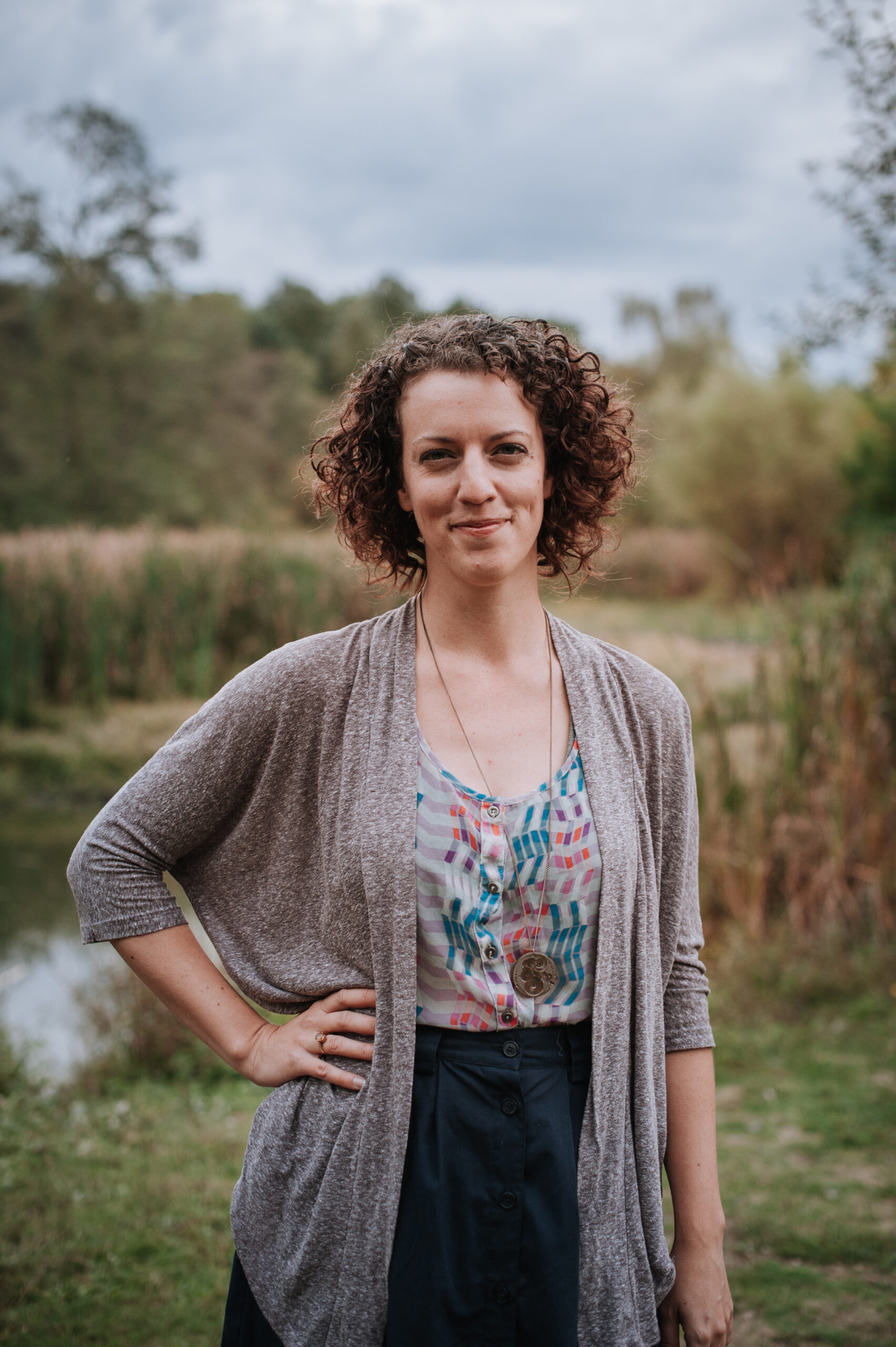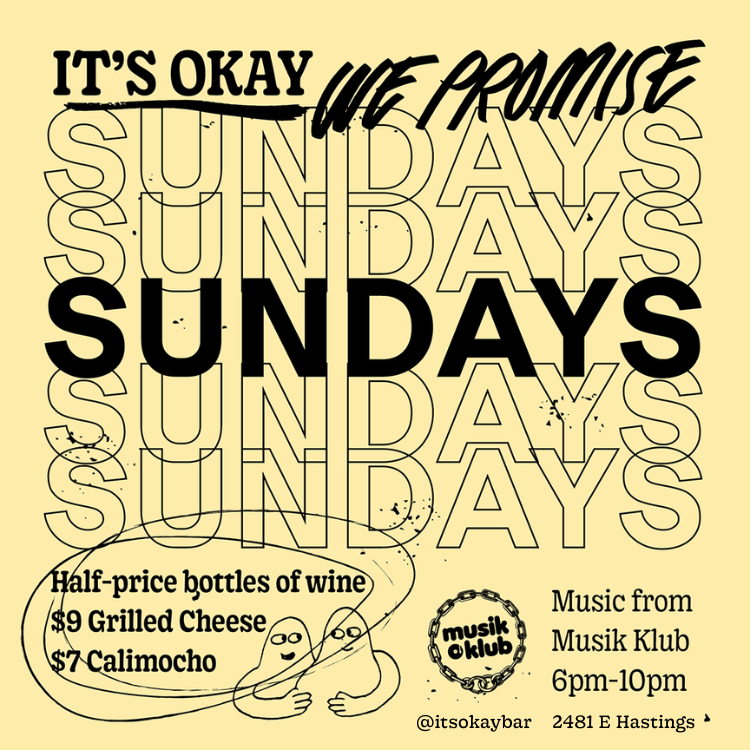By Andrea Loewen
@ms.andreajoy
Was November 2020 the month of tentative hope? Promising COVID vaccines have been announced that—wildly—may actually pan out; in the U.S., the better of two old white men was elected; and in Vancouver, the City Council approved an ambitious Climate Emergency Action Plan (CEAP).
The CEAP, proposed by Councillor Christine Boyle, includes 36 motions in order to actually meet the carbon emissions targets set out by the IPCC in 2018, and bring us to carbon neutral by 2050. Each motion, from mobility pricing to emissions reporting for commercial buildings, passed on November 17.
This means Vancouver is one concrete step closer to doing its part to keep our planet inhabitable.
“I was elected in October 2018 with this new council, the same month as the IPCC report that clearly gave us 12 years to dramatically decrease our emissions,” says Councillor Boyle. “It was clear that we needed to do something tangible to reduce our emissions.”
According to the CEAP, the two largest sources of greenhouse gas emissions in the City of Vancouver are buildings and transportation. With the majority of our buildings heated by natural gas, they alone are responsible for a whopping 54 per cent of the city’s emissions.
“That’s what this plan focuses on,” says Councillor Boyle, “and it proposes a number of game-changing actions, as well as accelerating a number of already planned actions, so that we have a chance of actually hitting the targets that science makes clear for us.”
Focusing on a mammoth issue like climate change on a local level can feel like a drop in the bucket. When asked why we should tackle a global problem on a civic level, Boyle doesn’t hesitate.
“It has to be everything, everywhere, all at once at this point. We have delayed action on too many fronts for too long,” she says.
“We’re not free to do nothing and just point fingers at senior levels of government but it’s also true that even if we do everything, we also need everyone else to be doing more and I think that’s the balance of having our own house in order by doing everything we can and also advocating for changes at other levels of government.”
It’s also possible that local governments may be better positioned to take the specific equity needs of their own residents into account while crafting a local plan. Like most social and environmental issues, climate change impacts different populations uniquely, which is why equity is a primary lens through which Boyle designed the CEAP. This includes everything from mobility pricing exemptions for lower-income households to ensuring sustainability upgrades to homes don’t increase renovictions.
“The example I often give as a high level for how we need to look at equity in our climate plans is the balance of how many resources we put into expanding electric vehicle infrastructure versus public transit access,” says Boyle.
“We know that increased access to one or the other of those either predominantly benefits higher-income people who can afford an electric vehicle or lower-income people who rely on transit. The people making these decisions are often electric vehicle people.”
The council may have approved all 36 motions in the CEAP, but there’s still work to do in implementing them. Next, the motions go to city staff who will research and create specific, detailed reports and implementation plans and bylaws that would then get approved once again by council.
Boyle is hopeful that the approval of the CEAP at this stage means that the subsequent plans will be approved as well but, of course, this is a time for tentative hope–not realized victory.
For those who live in Vancouver and want to help the victory come to pass, there’s a role to play.
“It was really helpful to be hearing from residents and across the city, reminding us that they care about this, and that they want to see us act in line with the science and with a strong eye to equity and justice,” says Boyle.
“It is important for us to be hearing every time this issue comes up because we hear pushback as well.”
She expects the final legislation on the CEAP to roll out—one motion at a time—over the next two years. This means there’s some legwork ahead. Each time a motion is tabled, residents need to make sure our City Councillors know that we want to see it passed. This can be done by attending council meetings, even virtually, or emailing Council in advance of the vote.
“We need to start making changes now. So that change happens more equitably, so we’re not punting the costs down the road.”

Andrea Loewen is a writer, theatre-maker, and choreographer in Vancouver, BC. She writes for a variety of online publications, including Loose Lips Magazine and Vancouver Presents, as well as her own site, The Receptionist Blog. Her first book, Feeling Better: A Field Guide to Liking Yourself is available on Amazon and Chapters Indigo. www.andrealoewen.com




